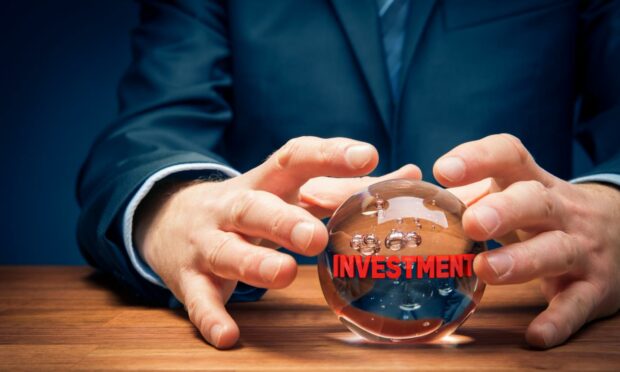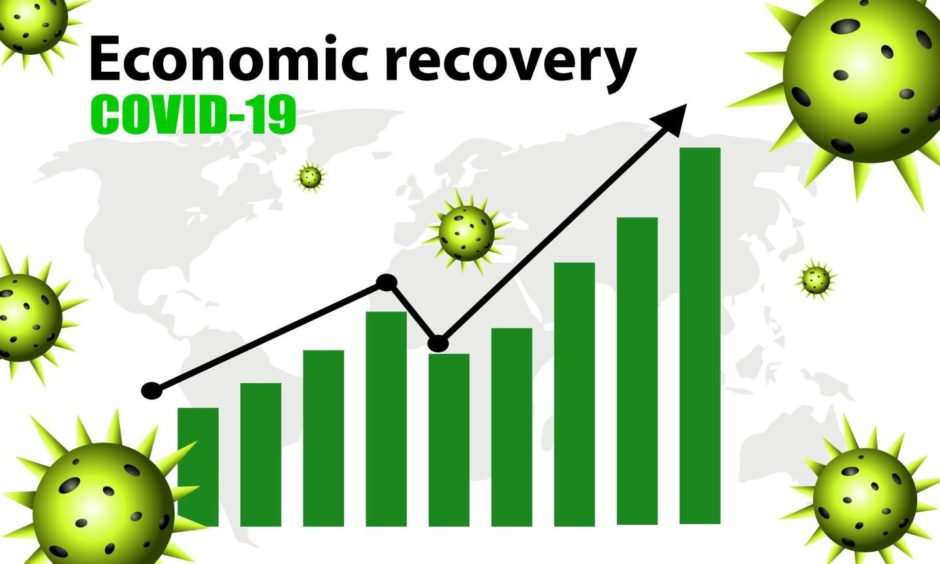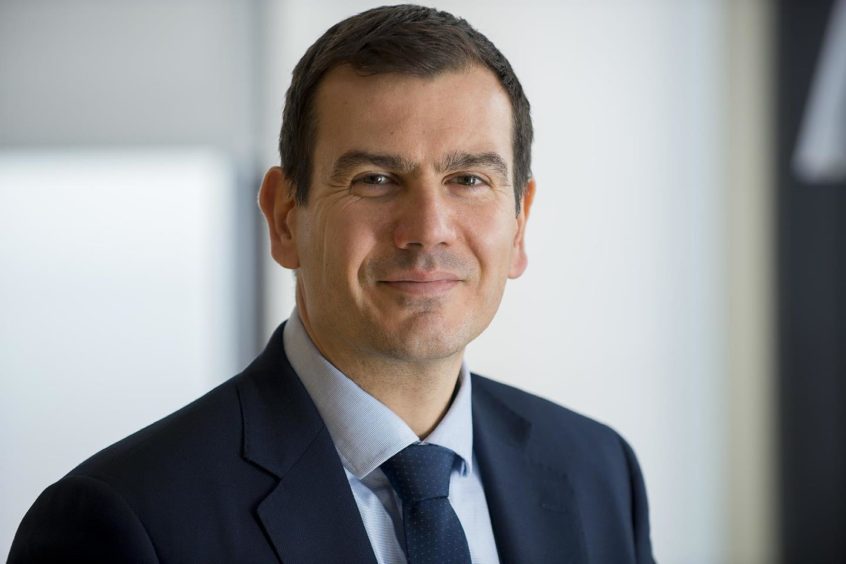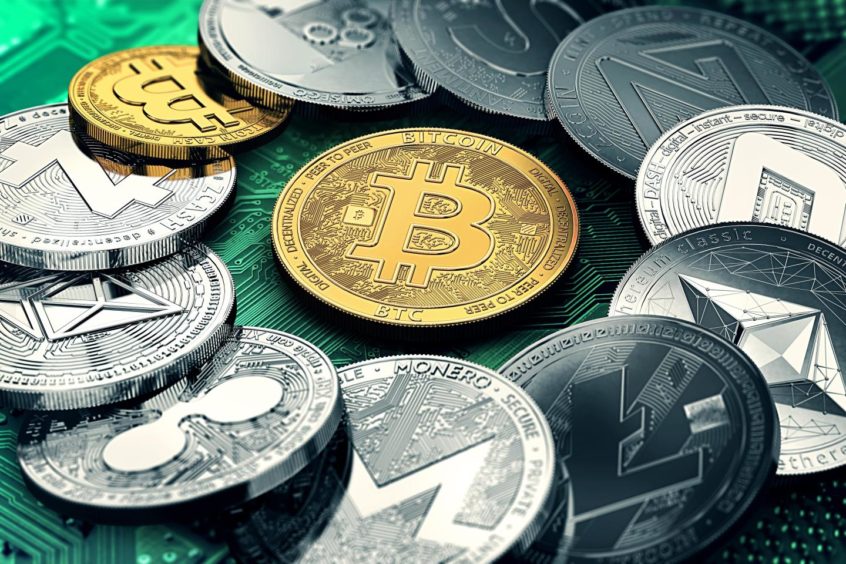Where will the best investment opportunities emerge as the global economy reopens?
As vaccination programmes are rolled out around the world, there is a growing expectation of economic recovery and a return to something resembling normality.
But some experts are warning that monetary policies in countries that are more advanced in their recovery process may tighten in the year ahead, leading to heightened volatility in international financial markets.
And the recovery is widely expected to be highly variable between countries, with some likely to struggle for years to shake off the economic carnage of Covid-19.
Looking longer-term, it is predicted the global economy will experience two to three years of above-trend growth – which should translate into positive earnings growth.
According to Aymeric Forest, global head of multi-asset solutions at Aberdeen Standard Investments (ASI), it is important in the near-term for investment portfolios to be managed actively – “using cash, dynamic asset allocation and alternative assets, if necessary”.
No ‘compelling case’ for gold
Mr Forest added: “As we look for other sources of diversification, we do not see a compelling case for holding gold, given the risk that real rates increase over time.
“Instead, we prefer to invest in a narrowing of the spread between US and European government bond yields. It will be vital that investors continue to analyse risk scenarios, such as periods of accelerating inflation or tail risks associated with emerging virus variants.”
A sharp rise in spending by governments during the pandemic will have long-lasting effects, although the negative fiscal impact is likely to be mitigated to some degree by investments launched under stimulus packages that were introduced around the world.
Among other widely predicted trends, it is thought global economic growth could in the future be driven more by services than manufacturing – but not all countries will follow this pattern.
Developed or emerging markets?
Meanwhile, it is expected quality value and cyclical stocks. will continue to drive investments.
Mr Forest favours developed markets over emerging market equities, with European and UK stocks most preferred.
ASI – part of abrdn, formerly Standard Life Aberdeen – said investors may consider moving into non-US equity markets such as Europe and Japan as these have lagged America and offer “some upside for earnings to surprise positively”.
Asset managers are likely to expand their role, and help their clients manage extra-financial risks and contribute to their solutions.”
Aymeric Forest, Aberdeen Standard Investments
One result of the extraordinary Covid stimulus has been the rise in crypto commodities and special purpose acquisition companies, such as the one that was created to acquire Leeds and Aberdeen-based life sciences firm 4D Pharma.
ASI is not recommending clients should invest in cryptocurrencies, holding the view they are “highly speculative, susceptible to manipulation and poorly regulated, with no tangible way to value them”.
Summing up his advice for investors left wondering what the future holds, Mr Forest said: “The battle to defeat Covid-19 remains fraught with danger; we cannot know how this will play out and policy errors may still be made.
“Actively managed asset classes offer some portfolio benefits as imbalances are mounting and the dispersion between asset prices increases. 2020, for example, was a record year for active managers.
“As the role of government bonds in diversifying portfolios is arguably reaching its limit, multi-asset teams and active security selection will play an increasingly important role.”
He added: “New opportunities and risks will also have to be managed actively with the more systematic adoption of environmental, social and governance (ESG) tilts in investment portfolios.
“Finally, asset managers are likely to expand their role, and help their clients manage extra-financial risks and contribute to their solutions.”
Active investing requires a hands-on approach, typically by portfolio managers who try to outperform the market. Passive or “tracker” investing, on the other hand, involves less buying and selling, and is focused on delivering returns in line with the market.
Be careful you don’t fall victim to a cryptocurrency scam
All change at M&S Bank after Covid-19 accelerates trend for using services online




